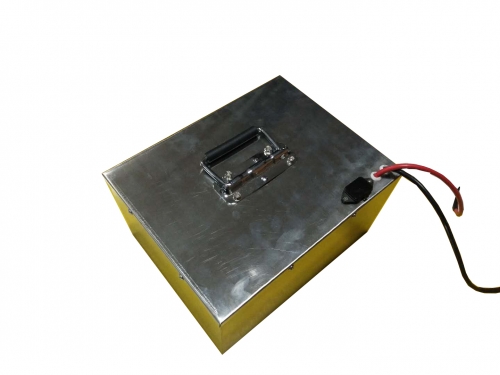From the perspective of the entire industry chain, China's lithium resource production capacity is weak, but its lithium salt processing capacity is strong. In 2017, the global lithium mine production totaled 228,900 tons. According to annual production, Australia's production was 99,500 tons, accounting for 43%, ranking first; Chile's production was 75,100 tons, accounting for 33%, ranking second; Argentina's production was 29,300 tons, ranking third; accounting for 13%; the total production of the three countries accounted for about 89% of the global total.
China's lithium resources are mainly salt lake type, but due to technical and cost reasons, lithium is still mainly extracted from ores, and almost all the required lithium ore is imported. my country's lithium resource exploration in western Sichuan has achieved important results, but due to various conditions, mining will still take some time. Salt lake lithium mines are mainly developed in Qinghai, and the production capacity in the region is being gradually built and released. At present, the Qarhan Salt Lake is a high-yield mining area, but the resource quality in this area is poor, the magnesium-lithium ratio is high, and the development cost is high.
The increase in lithium salt production has increased the demand for lithium resources, resulting in a rapid increase in China's lithium resource gap. China's domestic lithium resource supply cannot meet the needs of lithium salt processing and domestic consumption, and mainly relies on imports. In 2017, China's domestic consumption was 124,700 tons and production was 31,600 tons, with a foreign dependence rate of up to 75%. China's lithium resource supply consists of four parts, namely domestic salt lake lithium, domestic hard salt lithium, Australian hard rock lithium and South American salt lake lithium. Among them, Australia is an important source of lithium resource supply for my country.
According to the development trend of lithium resource application fields, my country's lithium resource demand will continue to grow rapidly in the future. It is predicted that my country's lithium demand will be 602,000 tons, 984,000 tons and 1.216 million tons in 2025, 2030 and 2035 respectively, which is equivalent to 5 times, 8 times and 10 times the consumption in 2017. The cumulative demand from 2018 to 2035 will exceed 12.7 million tons. One of the main reasons is the rapid development of the new energy vehicle industry.
In 2017, China's new energy vehicle production was close to 794,000 vehicles. The "13th Five-Year Plan for the Development of National Strategic Emerging Industries" proposed that China's new energy vehicle production would reach 2 million vehicles by 2020; in April 2017, the Ministry of Industry and Information Technology, the National Development and Reform Commission, and the Ministry of Science and Technology jointly issued the "Medium- and Long-Term Development Plan for the Automobile Industry", and China's new energy vehicle production and sales will reach more than 7 million vehicles in 2025. In 2017, China's lithium consumption was 124,700 tons, of which 67% (83,500 tons) was used in the battery field. Based on the calculation that one new energy vehicle consumes 45 kg of lithium carbonate equivalent, China's new energy vehicle power lithium battery used 35,600 tons of lithium in 2017, accounting for about 28% of the total; 3C products and energy storage lithium batteries used 48,000 tons of lithium, accounting for about 39%. In addition to batteries, other fields used 41,200 tons of lithium.
Due to the limited supply capacity of China's domestic lithium resources in the future, the gap will exist for a long time. Li Jianwu analyzed that if the market price remains at around 60,000 yuan/ton, the production capacity of my country's lithium resource mines will reach 170,000 tons, 230,000 tons and 250,000 tons in 2025, 2030 and 2035 respectively. By then, the gaps will be 432,000 tons, 754,000 tons and 966,000 tons respectively, and the external dependence will be above 70% for a long time.







